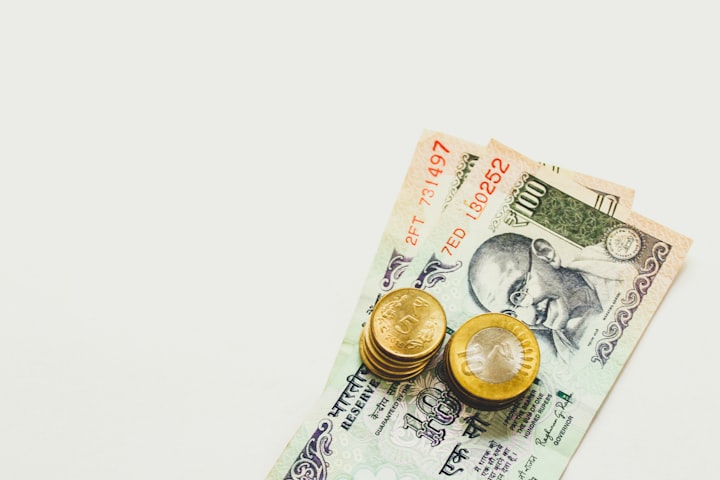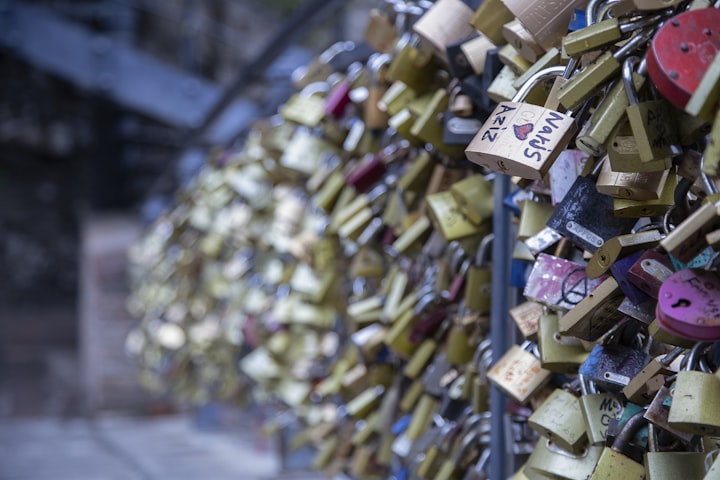How How to Build an Emergency Fund
Emergency fund

How to build an emergency fund
Introduction
If you're like most people, you don't have much of an emergency fund. You keep close tabs on your budget, but you also tend to overspend at the end of the month so that you can account for whatever cash might be left over. It's easy to think that a little extra money in your checking account doesn't matter as long as it's not spent yet and there are no emergencies on your horizon. But if something goes wrong—like you lose your job or get sick—you'll want some cash around to tide yourself over until things get better again. That's why it's important to put aside some money each month and make sure those funds are automatically transferred into savings accounts or CDs (if possible) so they're available whenever "life happens." Here's how:
Set aside a set amount of money each month.
Set aside a set amount of money each month. The amount you should set aside depends on how much you spend in a given month, but it should be enough to cover three months' worth of expenses (or six if you're planning on moving).
It's also important that your emergency fund is kept separate from your credit card or other debt, because otherwise it could negatively impact your ability to pay down those debts and may even make them harder to handle in the future.
Stay disciplined and don't spend it all.
You might be tempted to spend the money as soon as it comes in. But resist this temptation! You don't want to get into debt and blow through your emergency fund too quickly. If you can't resist spending, then use part of your emergency fund for an important purchase or service--but only if you need it and can afford it. For example:
Don't buy a new car with all of your savings from your emergency fund
Don't use all of what's left over after paying off student loans--you'll still have enough for emergencies!
Be honest with yourself about how much you can afford to spend each month.
It's important to be honest with yourself about how much you can afford to spend each month. This is because it will determine how much of your savings goes into savings, and how much goes toward other expenses like food or entertainment.
How much do I earn?
How does my income compare to the national average for similar occupations?
What are the other expenses in my budget (e.g., rent/mortgage payments, insurance premiums)? The best way to determine this information is by writing down all of your monthly expenses on a piece of paper. Then subtract them from whatever amount of money comes in every month, which gives us our "take-home" paychecks from work or other sources such as Social Security benefits.*
Understand your budget and make sure you're not spending too much more than that.
It's important to understand your budget and make sure you're not spending too much more than that. If you have a $1,000 emergency fund, it should be enough for three months of living expenses. But if you find yourself in need of more funds by then (or even just one month later), then consider adding another $300 or so to your account. This will give you some breathing room in case an unexpected expense comes up--and prevent having to borrow money from friends and family members!
Don't spend money on things that aren't necessary either:
Don't buy clothes that aren't seasonally appropriate; if they were made last year they're probably still good quality and can be worn again this winter!
It's possible to build an emergency fund with a little advance planning and discipline
The first step to building an emergency fund is understanding that you need to be disciplined about it. You can't spend what you don't have, so it's important to make sure that your monthly expenses are in line with what you can afford.
This means being honest with yourself and setting up a budget or tracking system that will help keep track of where all of your money goes each month--including both essential bills like rent or mortgage payments as well as non-essential spending on things like eating out or going out with friends. If there's any wiggle room left over after these two categories, consider putting it toward building up some savings for emergencies (more on this below).
Conclusion
The emergency fund is one of the most important financial tools you can have. It provides peace of mind, protects you from unexpected expenses and gives you extra cash when it's needed most. It's not easy to build an emergency fund--especially if you're young or just starting out in life--but there are steps you can take to get there sooner rather than later. In this article, we'll show you how:





Comments
Nimra Jadoon is not accepting comments at the moment
Want to show your support? Send them a one-off tip.